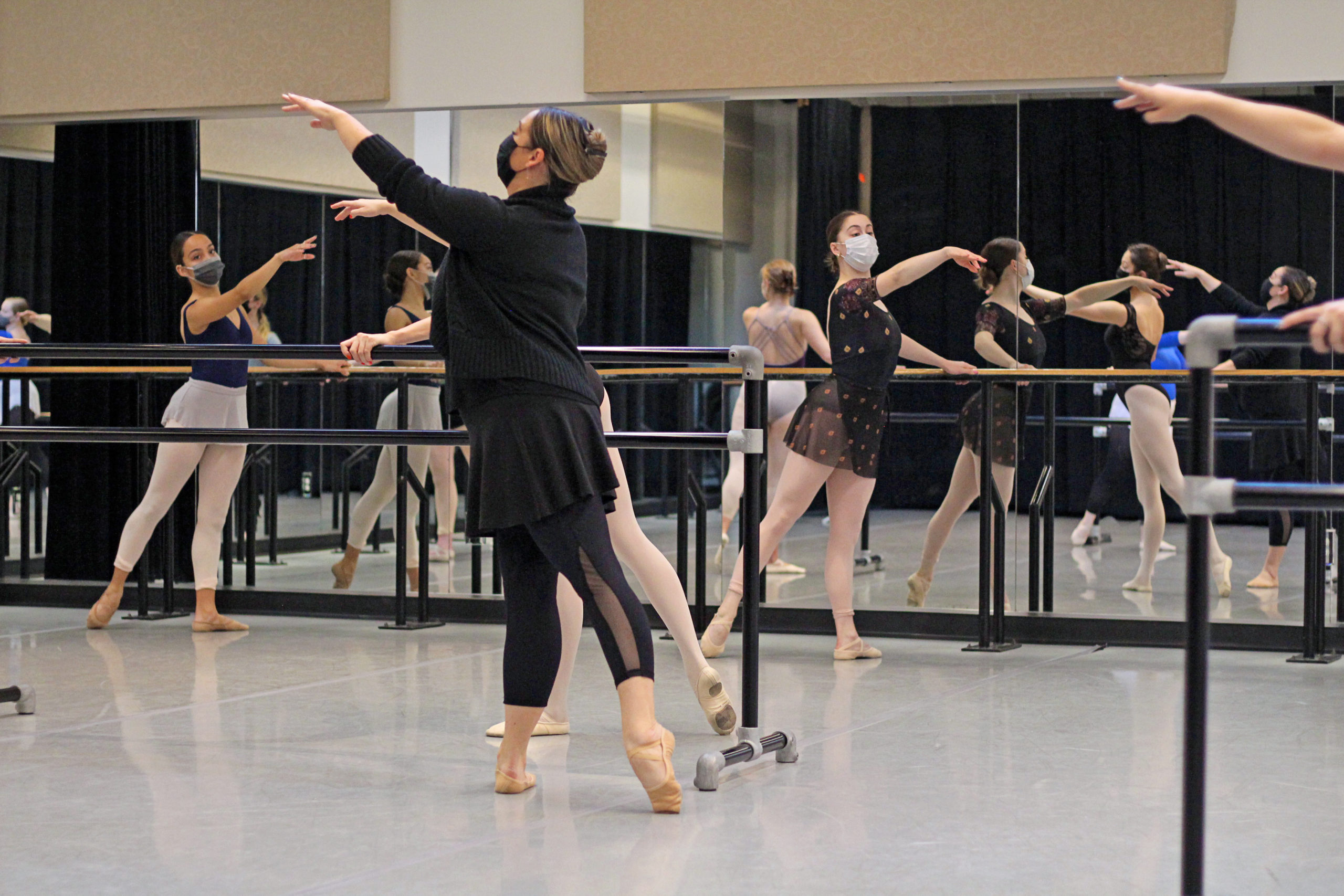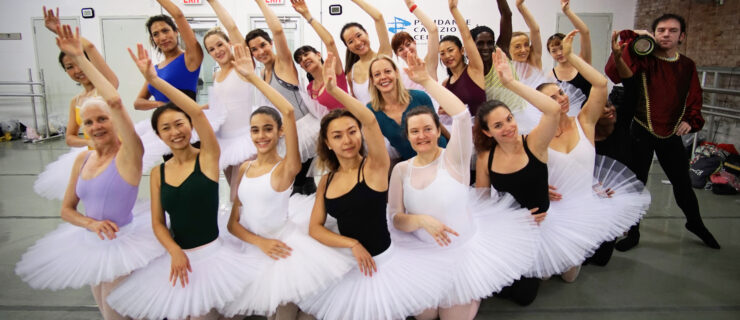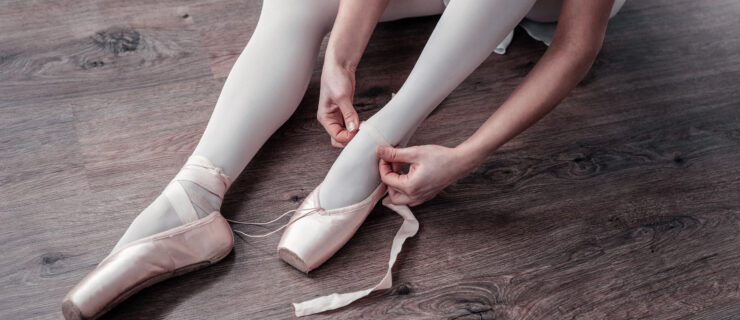It’s Time to Rethink These Common Corrections
You know the feeling: You receive a correction, apply it, and it immediately makes your dancing feel easier and stronger.
You probably also know the opposite feeling: You receive a correction that doesn’t feel right in your body, or you don’t understand what the teacher is trying to say.
Some of this is natural—not every cue a teacher uses is going to work for you. Corrections that employ imagery might resonate better with some dancers, for instance, while those that are more anatomical might resonate better with others. But there are some common corrections that persist in the studio today that haven’t kept up with advancements in dance science or are commonly misinterpreted, says Kendall Alway, a San Francisco–based physical therapist and former professional dancer.
“We’ve been told forever that what you receive from your teachers, you are then passing on to your students,” says Jessica Zeller, who teaches ballet at Texas Christian University. “And I think in that way we are losing the accumulation of new research and information. As the information changes, sometimes we stay attached to our old language.”
Keep an ear out for these common corrections that could use a rethink.
“Pull Up” or “Lift Up”
Alway says that while “lift up” can be a good cue, it’s often not specific enough to be helpful and can just create tension. “Are they supposed to be lifting up out of their pelvis, out of their hip joints? Are they supposed to be lifting out of their knees? A lot of times, what just happens is the chest lifts.”
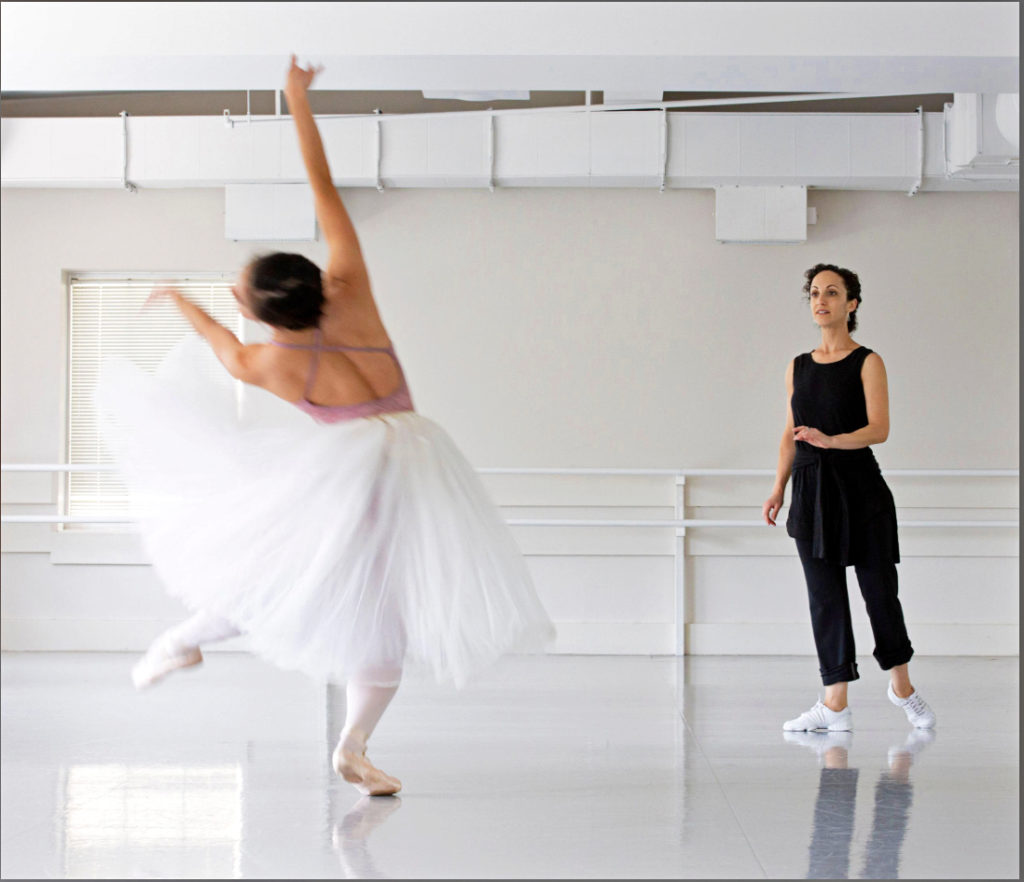
Zeller says the same about “pull up.” “It can create tension anywhere from your eyebrows to your sternum to your upper back to your shoulders,” she says, as dancers try to respond often without knowing what exactly they are supposed to pull up. If you hear this correction, Zeller says it might be because a teacher noticed that you’re sinking into your standing leg, or are too settled in your torso. Instead of allowing the cue to introduce tension in your body, Zeller suggests thinking about the three-dimensionality of your torso, and lengthening equally on all sides.
“Don’t Use Your Quad”
Jennifer Guy Metcalf, who teaches ballet at Elon University, says she has heard this correction from teachers who want students not to overuse or grip their quad while lifting the leg in développé à la seconde. (Some prefer the phrase “lift from underneath.”) But it’s physically impossible: “To stretch the leg to a fully lengthened position, you do need to employ the quadricep muscle,” she says. When dancers try not to use their quad, she says, they end up compensating with other muscles that may shift them out of healthy alignment. Know that it’s fine—and, in fact, necessary—to use your quad, but if you’re hearing this correction often, you may want to work on strengthening the back of the leg and engaging your turnout. Strengthening your iliopsoas muscle is also key.
“Squeeze Your Butt”
Teachers sometimes tell dancers to squeeze the glutes—or even to pretend there’s a penny or a $100 bill between the butt cheeks—to try to correct a pelvic tilt or a lack of turnout engagement. But, Alway says, this cue often has the opposite effect, inhibiting range of motion in the hip joint. “If you’re clenching your butt as hard as you can, that means you have to clench the front of your thighs to reciprocate that to help stabilize,” she says. “And then it becomes very hard to move, so then the movement ricochets into the spine, and that disables the hip from correctly moving in the socket.”
If you hear this correction, focus on activating your deep rotators, which are located along the lower crease of the butt, rather than squeezing your gluteus maximus.
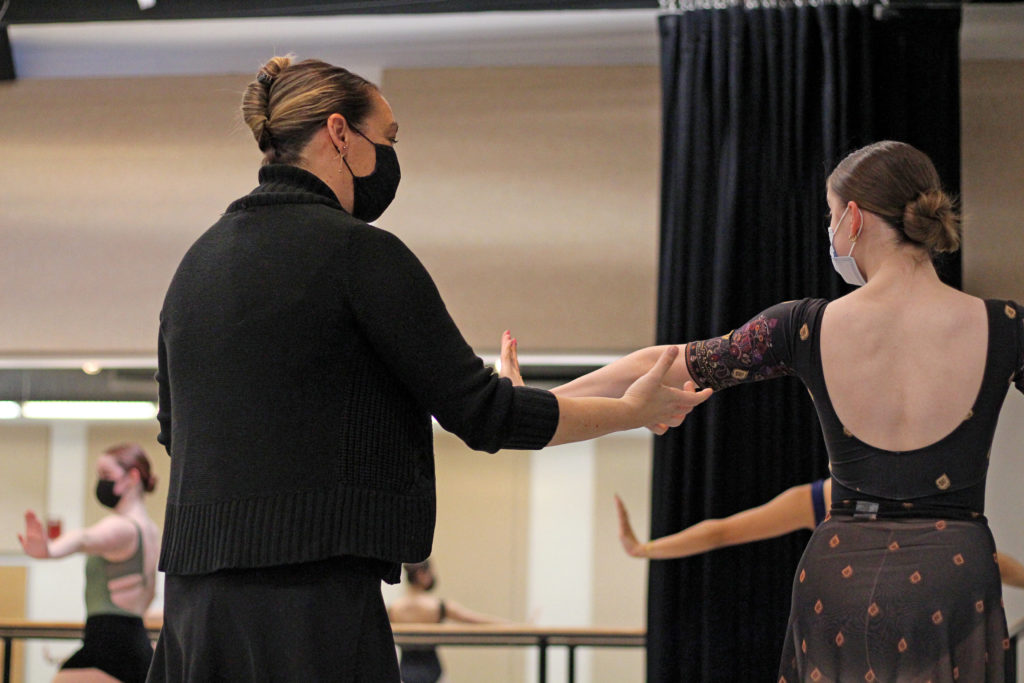
“Lift Your Elbow”
Metcalf says she often hears this from teachers trying to correct a droopy elbow in second position, but that the cue itself usually prompts dancers to lift their whole arm, without actually correcting the elbow. If you hear this and struggle with sagging elbows, she suggests instead thinking about rotating the humerus to find the proper position.
Corrections Not Meant for You
Dancers are usually taught to pay attention to all the corrections given during class, and apply them to themselves. While this is often a smart strategy, and Alway agrees that dancers should listen carefully to all corrections given, she says that trying to apply all of them “sometimes leads to the dancer working in the wrong way.” Alway says she also has dancer clients who take corrections further than they were meant to be taken, or take them too literally (using an image for an action and vice versa).
“Really think about the correction, and try to consider if it’s for you,” says Alway. “If something makes you move more slowly, makes it harder for you to move, makes something hurt, those are all signs that you are doing something incorrectly. A correction should make you feel lighter, faster, and should make the movement easier. If a teacher is insistent about a correction that doesn’t pass those tests, think about how you can follow the spirit of it without applying the action of it as much.”
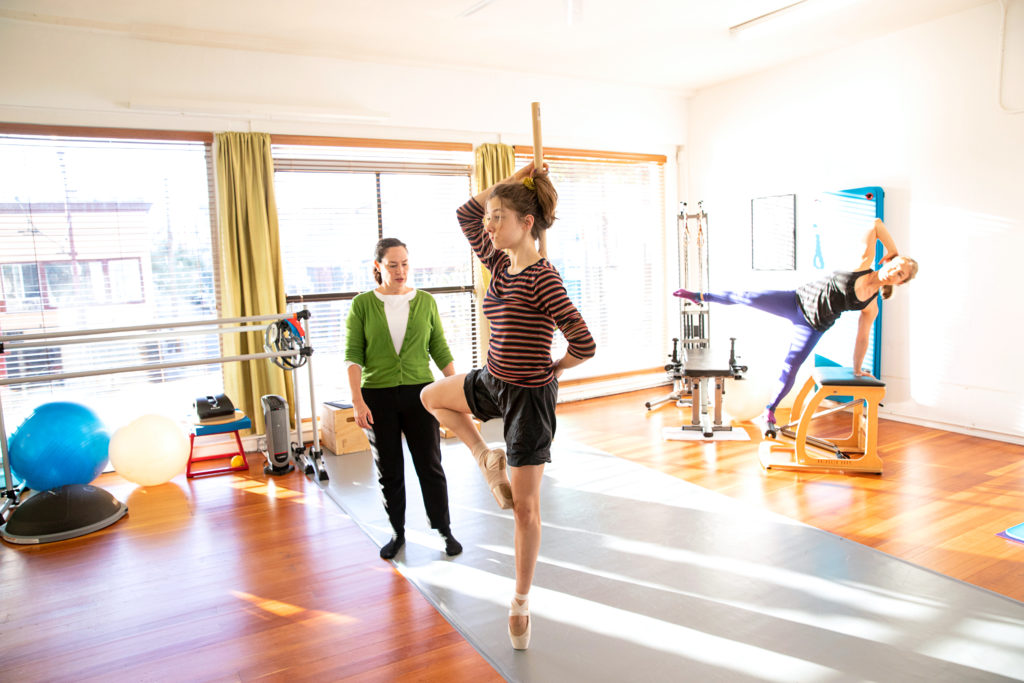
Zeller says it’s particularly important to be discerning about which corrections you absorb in something like pirouettes, which can be so individual. “If someone says something that throws you off, in that moment of class you should absorb the correction, try it in earnest, and then promptly forget about it,” she says. “You don’t have to make a big production out of it. It’s just about being aware of what is working for you and what is not, and trying to take a little bit of self-direction.”
Corrections That Feel Like a Comment on Your Body, Not Your Dancing
Comments like “Suck in your stomach” are hurtful, and can feel more about the way a dancer’s body looks than how they are moving. In these cases, it’s not the dancer’s responsibility to try to find a helpful nugget in an unhelpful correction, says Zeller, though they can try to separate the implicit commentary about their body to discover what the teacher is trying to get at. If these kinds of corrections are frequent, she suggests approaching the teacher with your concerns. If the teacher is defensive or seems unreceptive, you may want to find someone else to train with.
When You Just Don’t Understand the Correction
If you don’t understand what your teacher is talking about, respectfully let them know. Zeller suggests asking the teacher to explain a bit more about what they mean, or asking them to help you feel the correction in your body. “We want the student to be able to feel the change from before the correction to after the correction,” she says. “If someone asks you if you feel it and you don’t, don’t be afraid to say so. Being honest about what you are experiencing is part of how you can help the teacher help you.”
